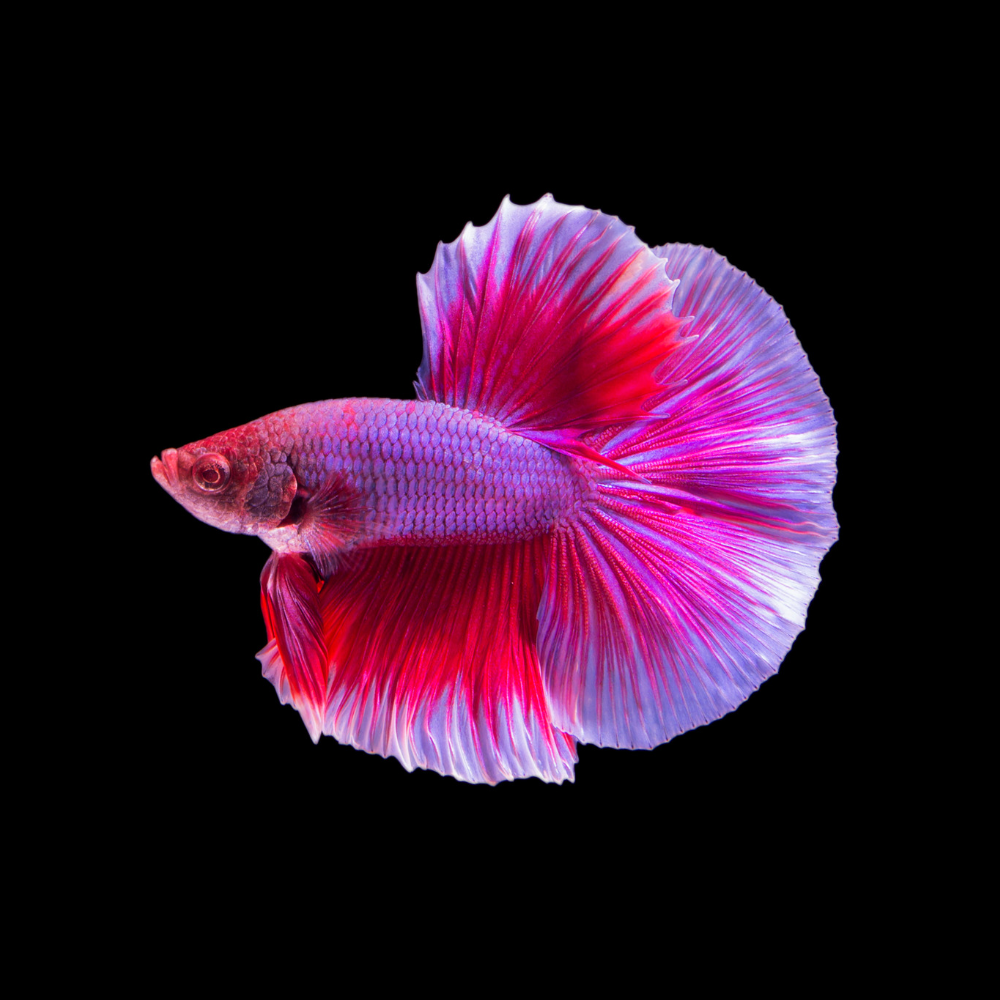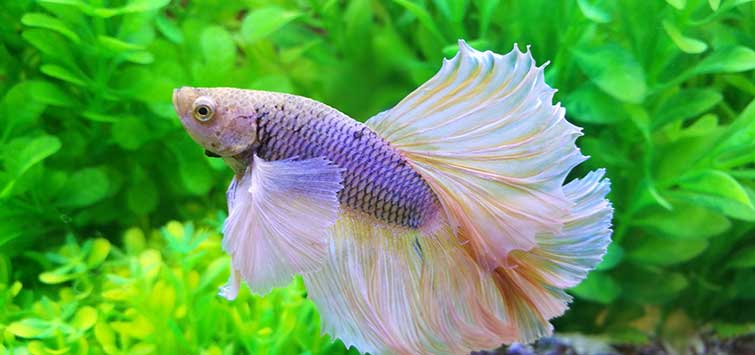Breeding Betta Fish: a Comprehensive Step-By-Step Overview to Successfully Raising Infant Bettas From Eggs to Adulthood
Reproducing Betta fish is a meticulous endeavor that calls for careful preparation and implementation to guarantee the effective development of fry from eggs to develop fish. Picking genetically diverse reproduction couple with desirable attributes is just the beginning; creating an optimum environment and comprehending the ins and outs of the breeding procedure are equally important. As the male Betta diligently constructs a bubble nest and guards the valuable eggs, the succeeding phases of care and transition demand interest to information and knowledge of best methods. Just how does one browse the challenging yet gratifying path of supporting these vibrant creatures to their adult years?

Choosing Reproduction Pairs
When beginning on the journey of reproducing Betta fish, picking the ideal breeding sets is critical to attaining desirable characteristics and a healthy and balanced family tree - betta fish. The very first action in this procedure is to identify the details qualities you wish to boost or protect, such as color, fin kind, and physique. It is vital to select genetically varied pairs to avoid inbreeding, which can cause health concerns and unfavorable qualities
Evaluate possible breeding prospects thoroughly. A healthy male Betta must exhibit vivid colors, an energetic behavior, and well-formed fins, while the lady needs to additionally present lively coloration and a rounded stomach, indicating preparedness for spawning. Observing the character of both fish is important, as aggressive or extremely shy people may not breed efficiently.
Documentation of family tree is similarly crucial. Keeping records of the moms and dad fish's origins can help you track hereditary qualities and prospective concerns. Additionally, get in touch with trustworthy breeders or online resources for support on picking compatible pairs. Eventually, spending time in the option process will considerably improve the chance of producing strong, dynamic children that satisfy your reproduction goals (betta fish).

Preparing the Breeding Tank
Developing an ideal breeding setting is a crucial step after selecting ideal sets for Betta fish. The breeding container must be particularly designed to give comfort and stimulate the all-natural breeding actions of the fish. Begin with a tank dimension of at the very least 10 gallons to ensure ample area for both the man and women Bettas.
Maintain a mild filtration system to maintain the water clean while preventing strong currents that can worry the fish. Furthermore, an air rock can be included to give oxygenation without interrupting the water surface way too much.
Temperature level policy is critical; aim for a stable variety of 78-82 ° F(25-28 ° C) using a trusted heating unit. The pH degree need to be preserved in between 6.5 and 7.5, and routine water adjustments are required to make certain high water quality.
Integrate drifting plants or spawning mops to develop hiding areas for the lady, while also motivating bubble nest structure by the man - betta fish. Finally, guarantee the container is totally free from sharp designs and any kind of potential risks, as the welfare of the fish should always be prioritized during this essential phase of breeding.
The Reproduction Refine
Usually, the breeding procedure for Betta fish includes a collection of distinct and visible habits that suggest preparedness for reproduction. The male Betta starts by building a bubble nest at the water's surface, which offers as a website for the fertilized eggs. This nest is critical, as it provides a risk-free atmosphere for the eggs up until they hatch.
As soon as the nest is established, the male will present courtship behaviors, such as flaring his fins and showing vibrant shades to attract the lady. The female, upon sensing the man's readiness, will certainly react by presenting vertical red stripes along her body, indicating her receptiveness.
When the women approaches, the male involves in a breeding dance, commonly causing a welcome referred to as the "spawning." Throughout this accept, the female releases her eggs, which the male feeds right away. The fed eggs then are up to the bubble nest, where the male carefully gathers and returns them to the nest. Following this, the male presumes obligation for securing the nest and making certain the security of the eggs till they hatch out, typically within 24-36 hours. This stage is critical in the reproducing procedure, laying the foundation for effective fry development.
Caring for Betta Fry
Looking after Betta fry requires mindful attention to their environment and nourishment to make certain healthy development and growth. After hatching out, Betta fry are incredibly small and at risk, demanding a stable and tidy environment. Preserving a water temperature between 78 ° F and 80 ° F is essential, as Betta fry thrive in cozy problems. In addition, make certain that the water is devoid of hazardous toxins; normal water changes of 10-20% are recommended to preserve optimal water top quality.
Feeding Betta fry is just as important. At first, they must be provided infusoria or carefully crushed high-grade fry food, visit this site right here as their mouths are as well little to handle larger bits. As they grow, you can slowly present bigger foods, such as child brine shrimp or powdered flakes, to ensure they obtain adequate nutrition. Feed them little amounts several times a day, taking care not to overfeed, which can cause water high quality concerns.
Transitioning to Grownup Bettas
As Betta fry mature, transitioning them to grown-up Bettas is an important phase that needs cautious management of their atmosphere and social communications. This process typically begins when the fry reach around 6 weeks of age, at which factor they can be progressively introduced to a much more organized living atmosphere.
To facilitate this change, it is vital look at more info to make certain that the water specifications-- such as temperature level, pH, and ammonia levels-- are optimal and secure. Adult Betta fish prosper in warm water (around 78-80 ° F) with a pH of 6.5 to 7.5. Slowly accommodate the fry to these problems to decrease anxiety.
Social communications are another key variable; man Bettas are infamously territorial and hostile. It is a good idea to different males into private tanks as they develop. Female Bettas can be housed together, however care needs to be required to keep track of for signs of aggressiveness.
Additionally, dietary changes should be made as the fry grow. Include premium pellets and live foods to sustain their growth and health and wellness. By taking care of these elements successfully, you can advertise a successful transition to their adult years for your Betta fish.

Verdict
Effective reproduction of Betta fish needs cautious interest to detail throughout the entire procedure, from selecting genetically diverse pairs to providing optimum take care of fry. By guaranteeing suitable breeding problems and maintaining water quality, the likelihood of healthy and balanced spawn boosts substantially. Furthermore, a balanced diet regimen and steady adjustment to adult environments are crucial for the development and advancement of Betta fish. Complying with these steps faithfully promotes a read this post here flourishing population of Betta fish, enhancing both their wellness and vitality.